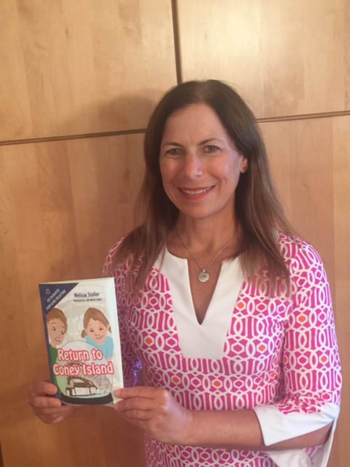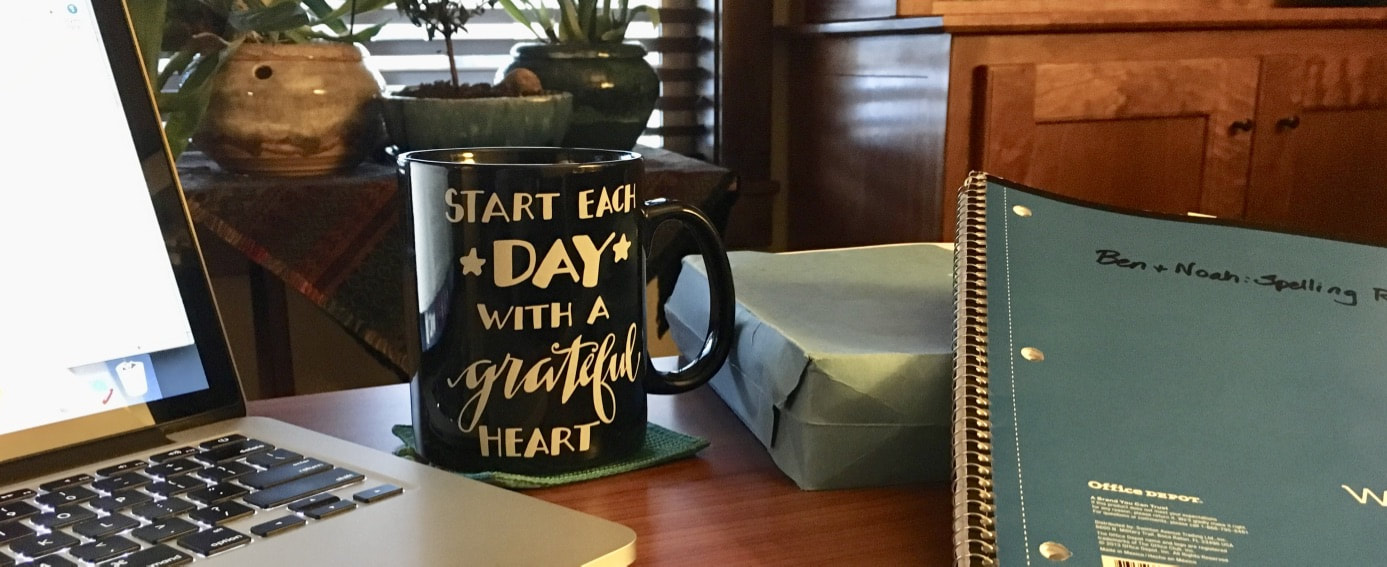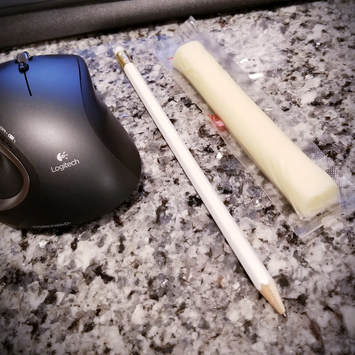Epic 18 Reads
Epic 18 Members Share Their Writing Tips, Personal Experiences and Fun Facts!
Archives
November 2018
October 2018
September 2018
August 2018
July 2018
June 2018
May 2018
April 2018
March 2018
February 2018
January 2018
December 2017
November 2017
October 2017





 RSS Feed
RSS Feed
